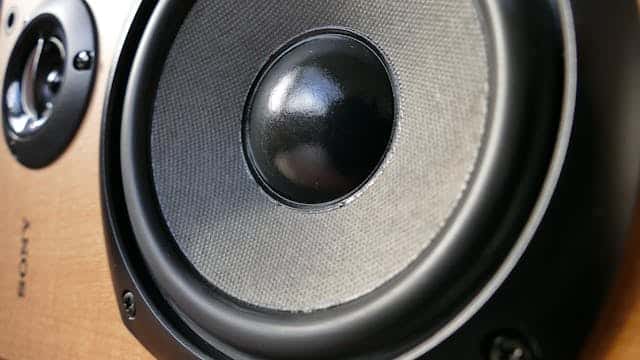Phonophobia is more than just an aversion to loud or jarring noises. It is a condition where certain sounds provoke a strong fear response. Although it shares some features with other auditory sensitivities like misophonia (anger-driven) and hyperacusis (sound sensitivity), phonophobia is distinct in that it is rooted in fear, not frustration or discomfort.
Gaining a deeper understanding of this condition can help those affected find effective ways to cope and seek the right treatment.
Defining Phonophobia

Phonophobia is a type of anxiety disorder triggered by specific sounds. These triggers may not be inherently harmful, but they evoke intense emotional and physical reactions. While phonophobia can appear on its own, it’s often linked with other conditions like generalized anxiety, migraines or even hyperacusis.
Common sound triggers include:
- Explosive or abrupt noises like fireworks, alarms or emergency sirens, especially startling when encountered in public spaces like Arch Street Park
- Everyday sounds such as clapping, shouting or a slamming door
- Fear of a sound occurring, even when it never happens
This fear can influence behavior dramatically, leading to avoidance of certain environments and potential social withdrawal.
Recognizing the Symptoms
Phonophobia manifests in both emotional and physical forms, often resembling symptoms found in anxiety disorders.
Physical signs might include:
- Pounding heart or palpitations
- Difficulty breathing
- Chills or profuse sweating
- Lightheadedness
- Nausea or gastrointestinal distress
Emotional or behavioral signs include:
- Panic attacks or extreme anxiety in response to sound
- Heightened irritability
- Avoidance of places perceived as noisy
- Feelings of helplessness or embarrassment over one’s reactions
These symptoms can be distressing and impact quality of life if not addressed.
Why Does Phonophobia Occur?
Pinpointing the root cause of phonophobia isn’t always straightforward. However, several known factors may contribute:
- A traumatic experience tied to a particular sound
- Preexisting mental health conditions such as PTSD or chronic migraines
- Irregular brain processing of sound stimuli
- Observational learning, developing fear after watching someone else react fearfully to noise
In some situations, phonophobia may coincide with hearing conditions where the brain becomes overly reactive to normal sound levels, interpreting them as threats.
How Phonophobia Is Diagnosed and Treated
Healthcare professionals take a multi-disciplinary approach when evaluating phonophobia. Diagnosis may include:
- Audiological testing to check for hearing abnormalities
- Psychological evaluations for anxiety or related disorders
- A comprehensive medical history review
Treatment plans are often personalized, combining several strategies to reduce sound-related fear:
- Cognitive Behavioral Therapy (CBT): Helps reshape harmful thinking patterns
- Exposure Therapy: Gradual introduction to feared sounds in a controlled setting
- Mindfulness and relaxation techniques: Such as meditation or guided breathing
- Sound therapy: Led by audiologists to retrain auditory responses
- Medication: Anti-anxiety drugs may be prescribed in some cases
With a supportive care plan, many individuals find relief from their symptoms and reclaim a sense of control in their environments.
If you or someone close to you is experiencing fear in response to everyday sounds, seeking professional support can be the first step toward healing.
To explore more about phonophobia and available treatment options, reach out to ENT & Allergy Specialists – Ear Nose and Throat Physicians and Surgeons today.